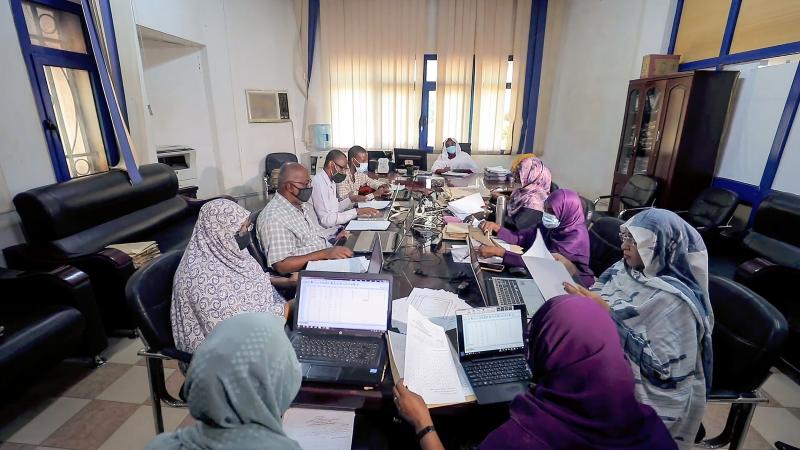
Only a few innovations ever successfully scale throughout education systems. Previous research highlights two reasons for this scarcity of success stories: either the innovations are badly designed, or the environment is not conducive to accepting and absorbing the education innovations.1 Our research, however, finds that these two reasons cannot be separated and in fact are about a single concept: the fit among innovation, scaling strategy, and broader environment.
Since 2014, the Center for Universal Education (CUE) at the Brookings Institution has sought to address the challenges of scaling impact in education through the Millions Learning project, which focuses on how and under what conditions quality education innovations scale. In 2020, as part of our ongoing work on scaling for impact, Millions Learning joined the Global Partnership for Education’s (GPE) Knowledge and Innovation Exchange (KIX)—a joint partnership between GPE and the International Development Research Centre (IDRC)—to facilitate a cross-national, multi-team, design-based research and professional support initiative called Research on Scaling the Impact of Innovations in Education (ROSIE). ROSIE brings together KIX researchers and practitioners working in 30 low- and middle-income countries (LMIC) to study processes of scaling education initiatives and deepen impact of their ongoing work.
Additionally, Millions Learning is pursuing a complementary qualitative study on how governments identify, adopt, and support education innovations to scale. The first report from this study, titled “How do government decisionmakers adopt education innovations for scale? Implications for national-level education policymaking in low- and middle-income countries” is part of this series.
For the research informing this second report, we identified and explored five dimensions that exert influence on government decisionmaking regarding the scaling of education innovations:
- National politics
- Donor priorities
- The practices of educational transfer and contextualization
- The rise of education technology
- Absence of meaningful data alongside a global push for such data
Our analysis, detailed in this report, sheds light on how the five dimensions influence—and are influenced by—the practices and processes of national-level government decisionmakers. The interplay among these five dimensions plays a crucial role in how governments identify educational priorities, determine domestic demand for innovations, assess the feasibility of adopting and scaling the innovations, and evaluate the potential sustainability of their impact.
This report examines these various factors and consequences; presents the accompanying analysis; and concludes with recommendations for scaling teams, donor representatives, government decisionmakers, and others about how to understand and strategically harness the larger system within which scaling and decisionmaking operate. The hope is that the insights in this report contribute to the field of research on scaling impact in education as well as assist teams working on education initiatives so that all can better acknowledge and leverage external factors of the wider ecosystemic environment.
Download the full report here.
